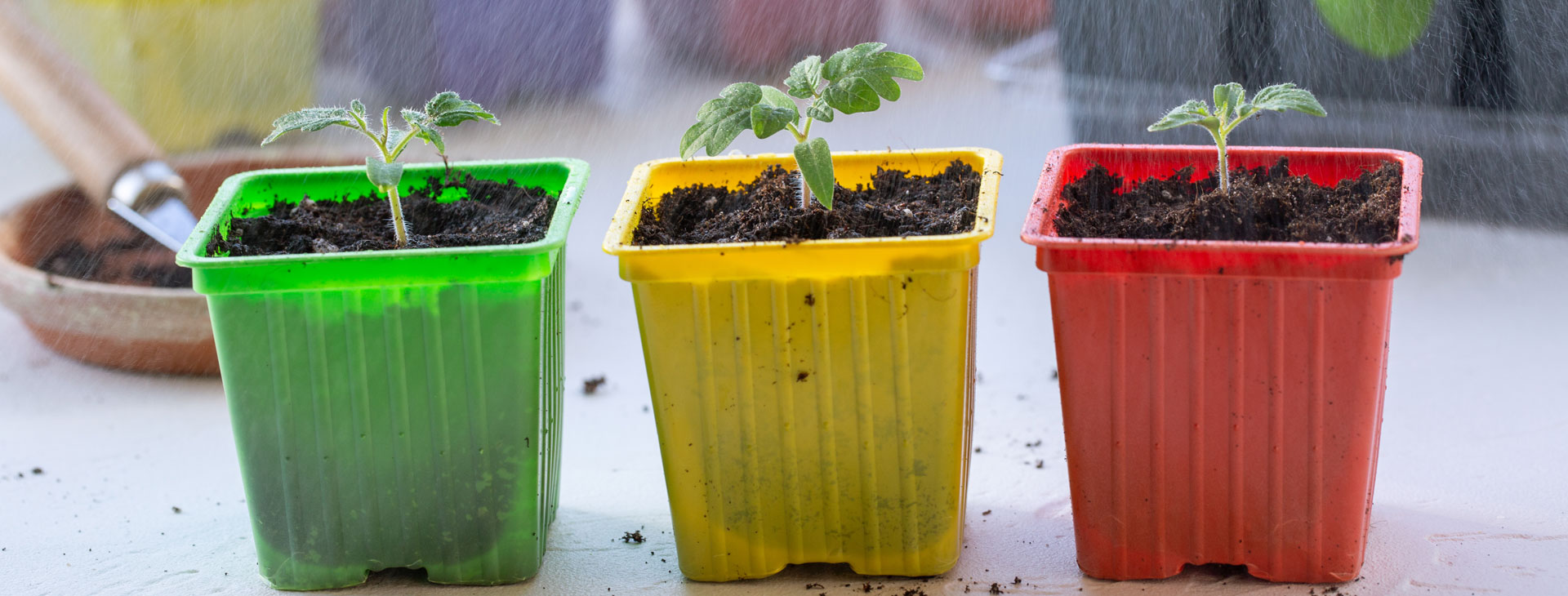
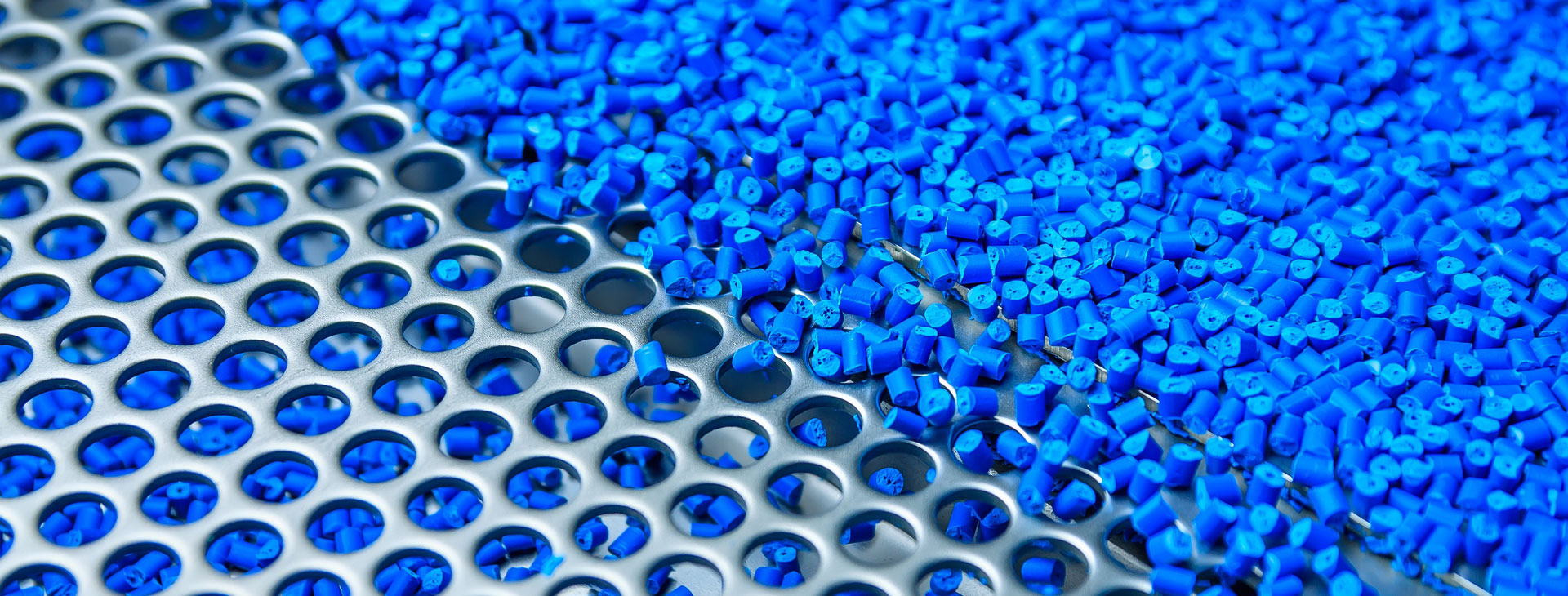
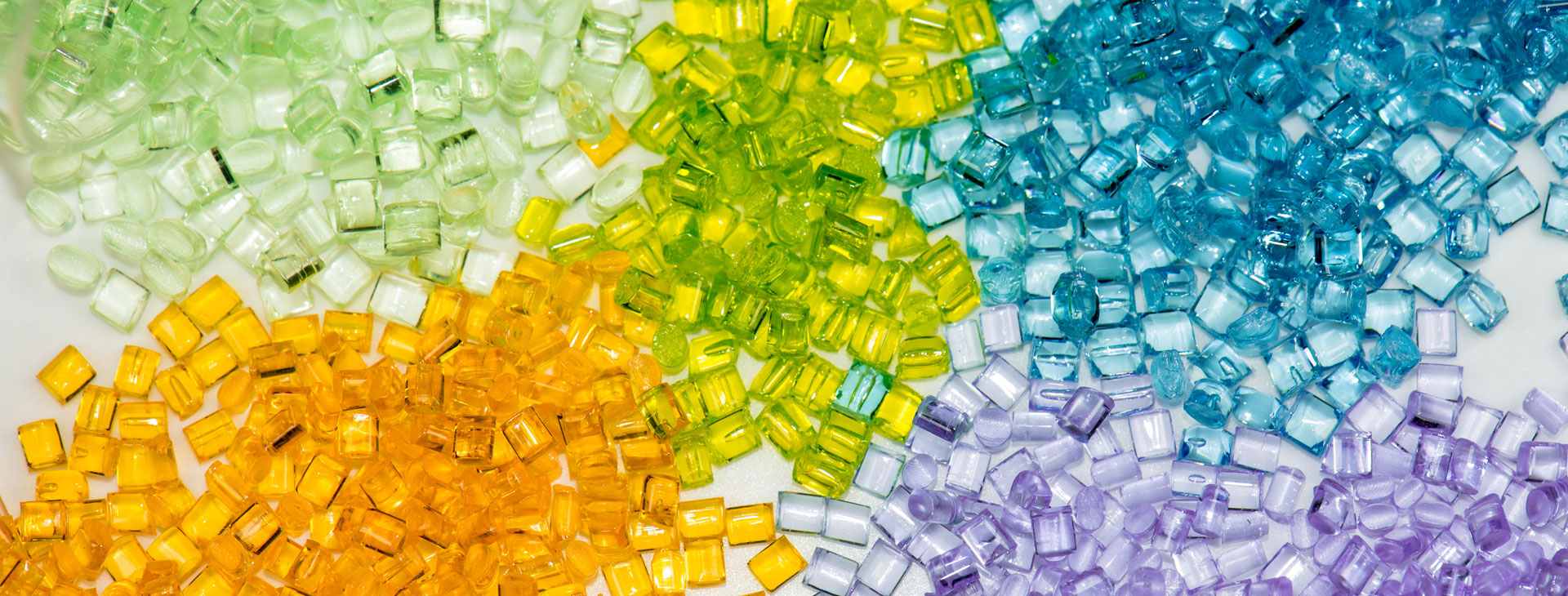
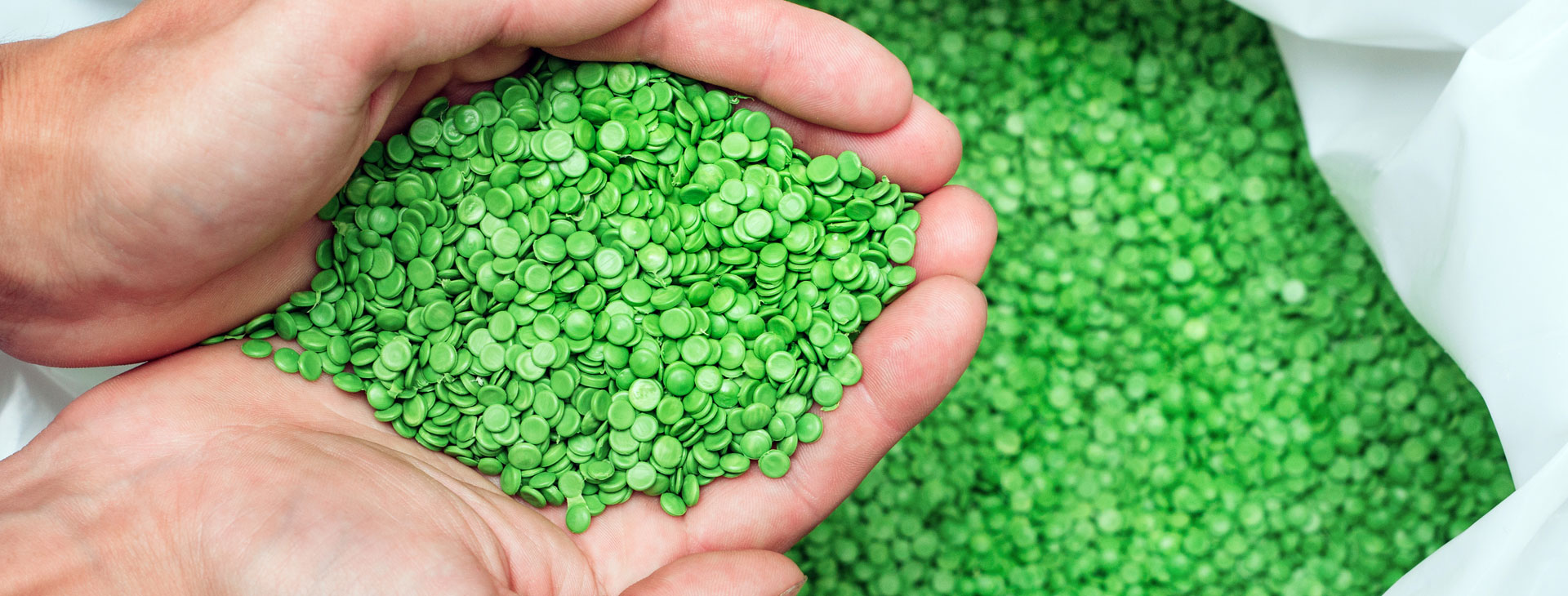
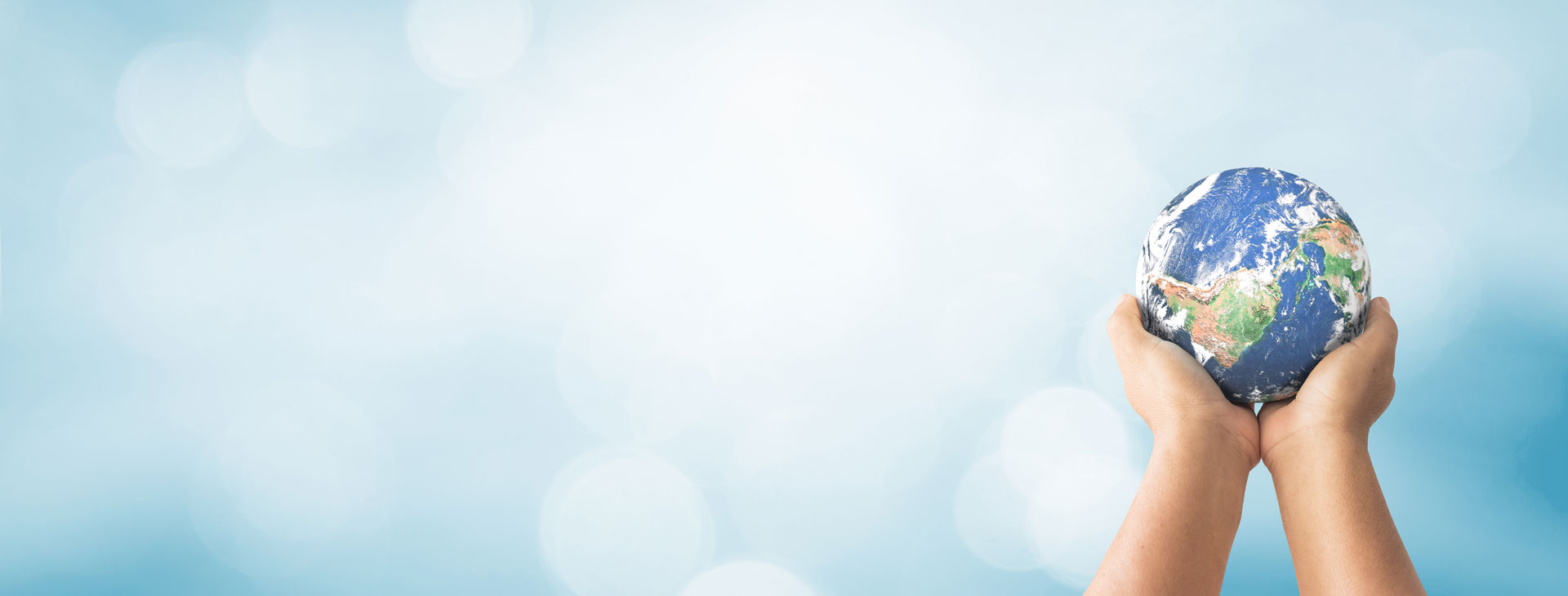
Phone: (914) 381-2400E-Mail: customerservice@marvalindustries.com
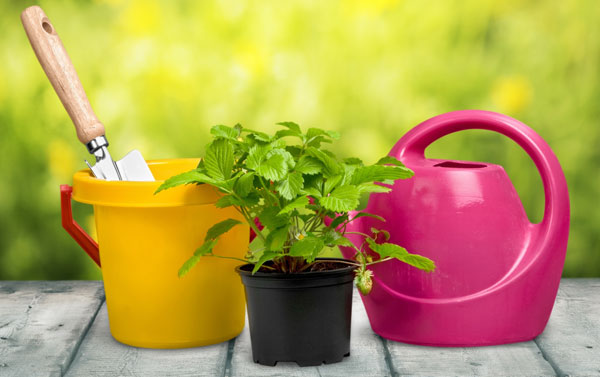 Color masterbatch colors plastics with a concentrated mixture of pigments and additives. It is typically added to a plastic resin in small amounts, usually between 1-5% before the resin is molded into its final form. This allows the plastic to be colored without the need to use large amounts of pigment, which can be expensive and can affect the performance of the plastic.
Color masterbatch colors plastics with a concentrated mixture of pigments and additives. It is typically added to a plastic resin in small amounts, usually between 1-5% before the resin is molded into its final form. This allows the plastic to be colored without the need to use large amounts of pigment, which can be expensive and can affect the performance of the plastic.
The history of color masterbatch can be traced back to the early days of the plastics industry. In the early 1900s, plastic resins were first developed, and they quickly became popular due to their low cost, versatility, and durability. However, these early plastic resins were only available in a limited range of colors, which limited their use in many applications.
In the 1950s, the first color masterbatches were developed, allowing plastic resins to be colored more easily and cost-effectively. These early masterbatches were made by mixing pigments or dyes with plastic resins, creating a concentrated mixture that could be easily added to the resin before molding.
Over the years, the technology for making color masterbatches has continued to evolve and improve. Today, color masterbatches are made using a wide range of pigments, dyes, and additives, and they can be used to create almost any color imaginable. In addition, the use of specialized manufacturing processes and equipment has allowed color masterbatches to be made with high levels of consistency and quality, ensuring that the color of the finished plastic product is consistent and accurate.
Today, color masterbatch is an essential part of the plastics industry, and it is used in a wide range of applications, including packaging, automotive parts, toys, and household goods. It is an important tool for manufacturers who want to create custom colors for their plastic products, and it has played a key role in the development and growth of the plastics industry.
The future of color masterbatch plastic looks bright as this technology continues to evolve and improve. We can expect to see advancements in the materials used to make color masterbatch and improvements in the manufacturing processes and equipment in the coming years.
One area that is likely to see significant growth is the use of sustainable and eco-friendly materials in the production of color masterbatch. As consumers become more environmentally conscious, there will be an increasing demand for color masterbatch made from sustainable materials, such as plant-based pigments and dyes.